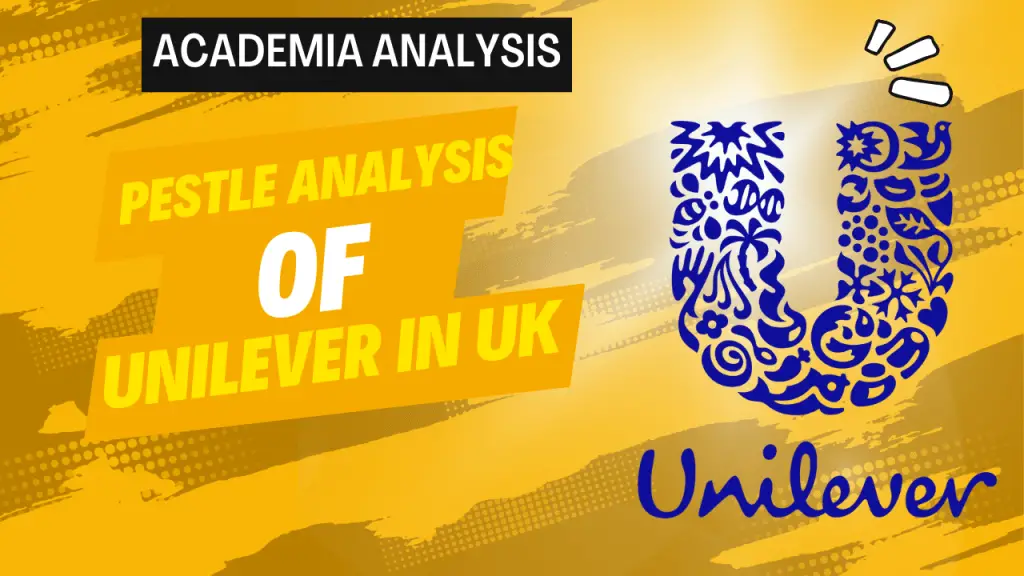Cosmetic industry in the Philippines is a rapidly growing sector driven by a growing middle class and increasing consumer demand for beauty and personal care products. The industry includes a wide range of products such as skincare, makeup, hair care and fragrance. Many international brands have a presence in the Philippines but there is also a strong local market for Filipino-made cosmetics. The industry is supported by a large number of beauty salons and spas as well as trained beauty professionals. The Philippines is known for its high-quality cosmetic ingredients and raw materials, which are exported to other countries.
Political Factors
The cosmetic industry in the Philippines is regulated by the Food and Drug Administration (FDA) under the Department of Health. The FDA sets standards for the safety and efficacy of cosmetic products and enforces labeling and advertising requirements. The industry is also subject to tariffs and trade regulations set by the Philippines government.
This industry may be affected by broader economic and political factors such as inflation, currency fluctuations and government policies on foreign investment.
Economic Factors
The cosmetic industry in the Philippines has seen steady growth in recent years driven by a growing middle class and increased spending on personal grooming and beauty products.
The industry is also benefiting from the popularity of K-beauty and other international trends as well as a strong e-commerce market. The industry is facing challenges due to lack of regulations and limited R&D capabilities.
It is also affected by economic factors such as exchange rate fluctuations, inflation and disposable income. The Philippine economy is heavily dependent on foreign trade and remittances which can affect the purchasing power of consumers and the availability of imported goods. Overall, the cosmetic industry in the Philippines has strong potential for growth, but it is important for the government and industry players to address regulatory and R&D challenges in order to fully capitalize on this potential.
Social Factors
The cosmetic industry in the Philippines is a rapidly growing market driven by social factors:
Increased disposable income and purchasing power: As the Philippines economy continues to grow more and more Filipinos are able to afford luxury items such as cosmetics.
Growing emphasis on physical appearance: Social media and other forms of media have brought increased attention to physical appearance and beauty driving demand for cosmetics.
Rising popularity of K-beauty and other international trends: The Philippines has seen a growing interest in Korean and other international beauty trends, which has driven demand for cosmetics from those markets.
Growing number of working women: As more women enter the workforce in the Philippines, they have more disposable income to spend on cosmetics and personal grooming.
Increase in e-commerce and online shopping, which has made it easier for people to buy cosmetics and other personal care products.
Growing awareness about beauty care and personal grooming, which has led to more people investing in beauty products to improve their physical appearance.
These factors have led to a growing demand for cosmetics in the Philippines, and the industry is expected to continue to grow in the coming years.
Technology Factors
The technology factors impacting the cosmetic industry in the Philippines include advancements in product formulation, packaging and distribution. For example, new ingredients and techniques for creating natural and organic cosmetics are becoming more popular.
Use of digital technologies such as e-commerce and social media marketing has made it easier for companies to reach consumers and promote their products. Other technology factors that may impact the industry include automation in manufacturing and the use of data analytics to inform product development and marketing strategies.
Legal Factors
Legal factors The cosmetic industry in the Philippines is regulated by the Food and Drug Administration (FDA) under the Department of Health. All cosmetic products must be registered with the FDA and comply with the Philippine National Standards for Cosmetics.
These standards include requirements for labeling, packaging, and testing of cosmetics. The FDA also conducts regular inspections of cosmetic manufacturing facilities to ensure compliance with these regulations. Additionally, the industry is also subject to general business laws and regulations, such as taxes, labor laws, and intellectual property protections.
Environmental factors
The cosmetic industry in the Philippines is subject to various environmental factors, including regulations and laws, consumer demand, and competition from local and international companies.
The Philippine Food and Drug Administration (FDA) sets standards for the safety and quality of cosmetic products, and companies must comply with these regulations in order to operate in the market.
Consumer demand for natural and organic products may also be a factor, as more and more people are becoming conscious of the impact of their purchases on the environment.
Competition from both local and international companies can also be a major factor, with some companies choosing to source ingredients and materials locally to reduce their environmental impact.
Conclusion
The cosmetic industry in the Philippines is expected to continue to grow in the coming years driven by increasing consumer demand and a growing economy.






